Debit Card vs. Credit Card: In today’s digital world, swiping a card is a common way to pay. But with two main options, debit cards and credit cards, things can get confusing! Don’t worry, this guide will break down the key differences between debit and credit cards, so you can choose the right one for your next purchase.
What is Debit Card?
A debit card is a plastic payment card issued by a bank or financial institution that allows cardholders to access funds directly from their checking or savings account to make purchases or withdraw cash. It works by electronically transferring money from the cardholder’s bank account to the merchant’s account when a transaction is initiated.
let’s understand the Meaning of a debit card with a practical example.
Imagine you’re at a coffee shop and you want to buy a cup of coffee for $20. Normally, you would need to pay the coffee owner $20 in cash. However, if you have a debit card, you can make the same payment of $20 by using your debit card instead of using cash.
When you present your debit card to the coffee shop cashier, they will swipe or insert it into the card reader. Then, you’ll either enter your PIN (Personal Identification Number) or sign a receipt to authorize the transaction. The card reader communicates with your bank to verify that you have enough funds in your checking or savings account to cover the $20 purchase.
Once the transaction is approved, the $20 is immediately deducted from your bank account. You’ll receive a receipt confirming the purchase, and the coffee shop will give you your cup of coffee.
The debit card acts as a convenient and electronic alternative to cash, allowing you to make purchases directly from your bank account without needing physical currency.
What is Credit Card ?
A credit card is a plastic payment card issued by a bank or financial institution that allows cardholders to borrow funds up to a certain limit to make purchases, pay bills, or withdraw cash. Unlike a debit card, where transactions are deducted directly from the cardholder’s bank account, with a credit card, the cardholder is essentially borrowing money from the card issuer to make purchases.
Let’s delve into the meaning of a credit card with a practical example:
Imagine you’re at a department store and you want to buy a new pair of shoes for $100. Instead of paying with cash or using a debit card linked to your bank account, you decide to use your credit card.
When you present your credit card to the cashier, they will swipe or insert it into the card reader. You may be required to sign a receipt or enter a PIN to authorize the transaction. The card reader then communicates with the credit card issuer to verify the transaction and ensure that you’re within your credit limit.
Once the transaction is approved, the credit card issuer pays the $100 on your behalf to the department store. You now owe the credit card issuer $100 plus any applicable interest if you don’t pay off the balance by the due date.
A credit card allows you to make purchases on credit, with the understanding that you’ll repay the borrowed amount later, typically with interest if not paid in full by the due date.
Debit Card vs. Credit Card: What’s the Difference?
When it comes to managing your finances, understanding the difference between a debit card and a credit card is more important.
| Feature | Debit Card | Credit Card |
|---|---|---|
| Source of Funds | Linked directly to your bank account. | Borrowed money from the card issuer. |
| Payment Process | Transaction amount deducted immediately. | Payment made using a line of credit. |
| Interest and Fees | Generally no interest charges. | Interest accrued if balance not paid in full. |
| Credit Building | Does not contribute to credit history. | Can help build credit history if used responsibly. |
| Security | Limited fraud protection. | Often comes with robust fraud protection. |
| Convenience | Uses your own funds, no repayment required. | Allows borrowing with repayment later. |
| Example | Buying groceries with funds directly withdrawn from your bank account. | Purchasing goods with a promise to repay later. |
📢 Read more: 4 Powerful Strategies to Pay Off Credit Card Debt Faster & Save Money
Choosing the Right Payment Method: Debit Card vs. Credit Card
When Choosing between a debit card and a credit card, it’s important to consider your financial habits and needs.
Debit cards are linked directly to your bank account, so they’re a convenient way to access your funds for everyday expenses like groceries or gas. They help you manage your spending by limiting you to the money available in your account.
On the other hand, credit cards offer flexibility and the ability to make purchases even if you don’t have enough money in your bank account. They also come with perks like rewards programs and purchase protection. However, it’s crucial to use credit cards responsibly to avoid accumulating debt and paying high interest fees.
Ultimately, the choice between a debit card and a credit card depends on your personal preferences and financial situation.
At TheCardPedia.com, we’re your trusted guide to mastering credit cards. Explore expert insights, trends, and tips to make savvy financial choices. Start your journey to financial empowerment now!

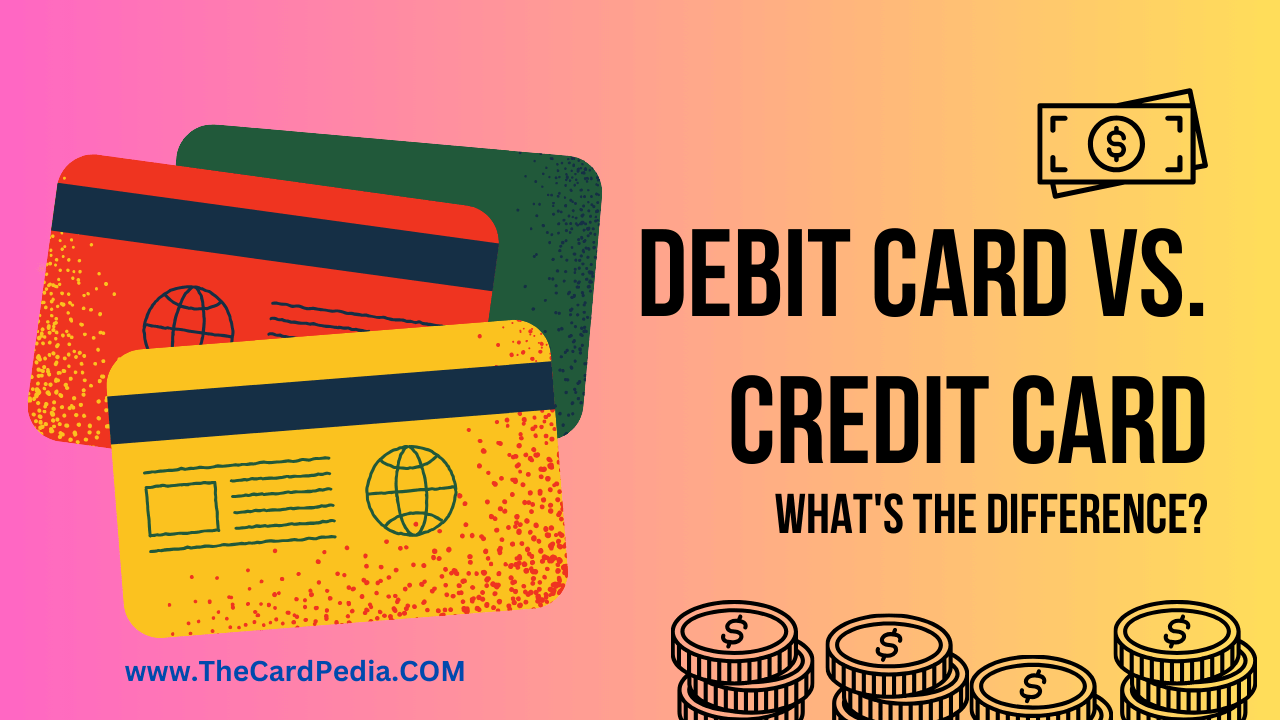
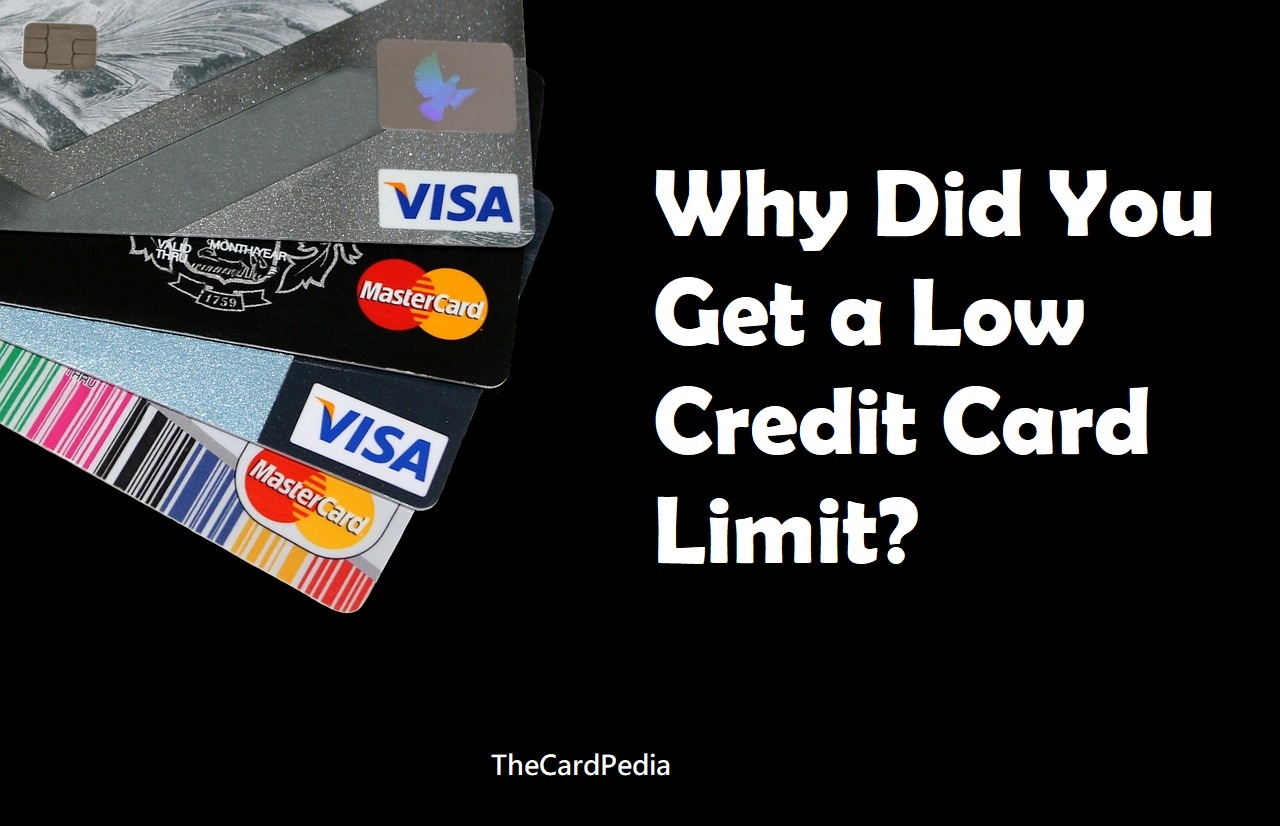
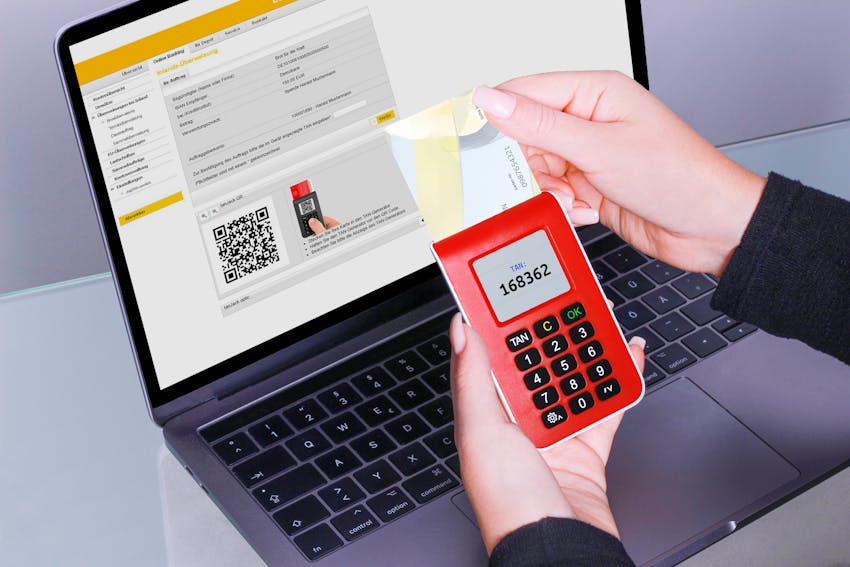



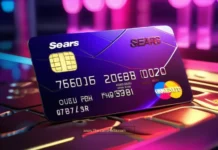











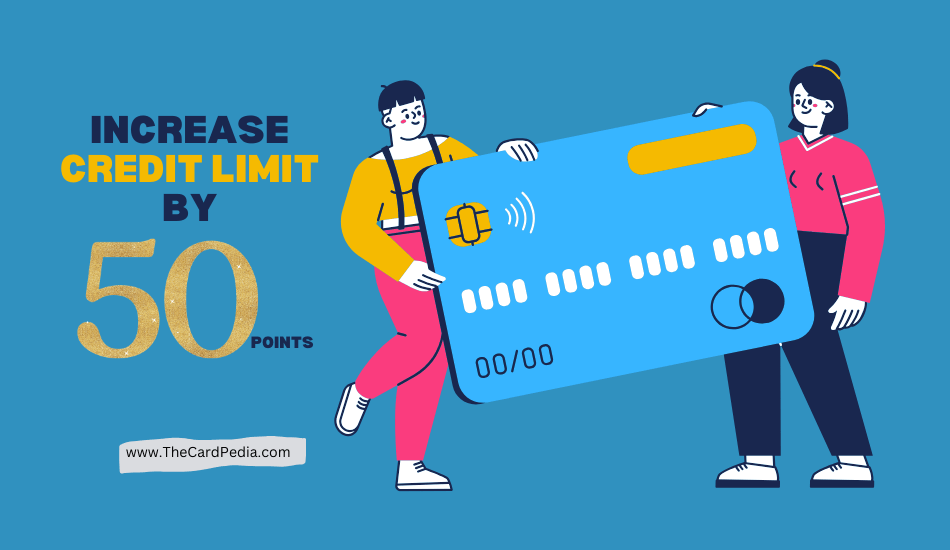







[…] 📣 Also Check: Debit Card vs. Credit Card: What’s the Difference? […]